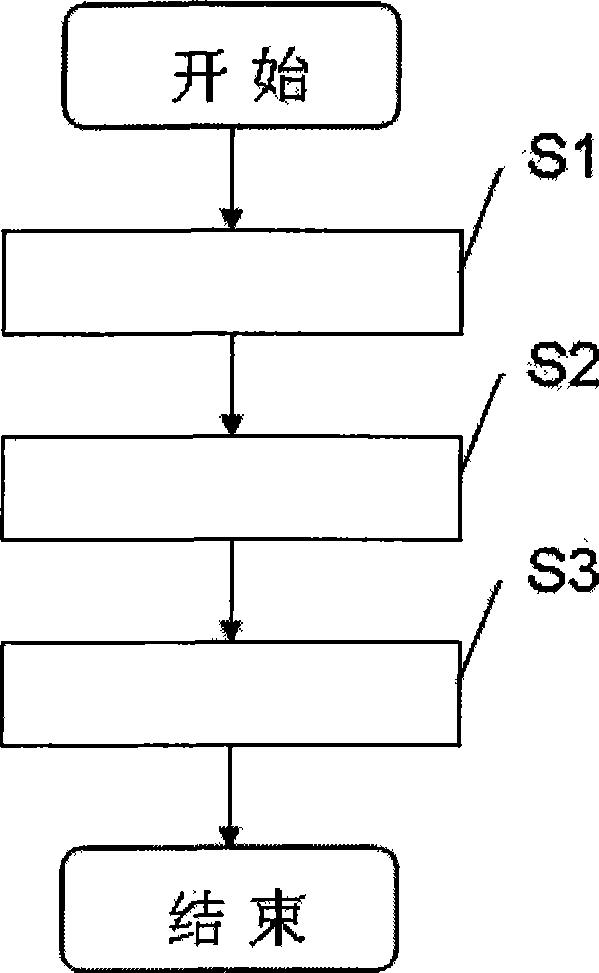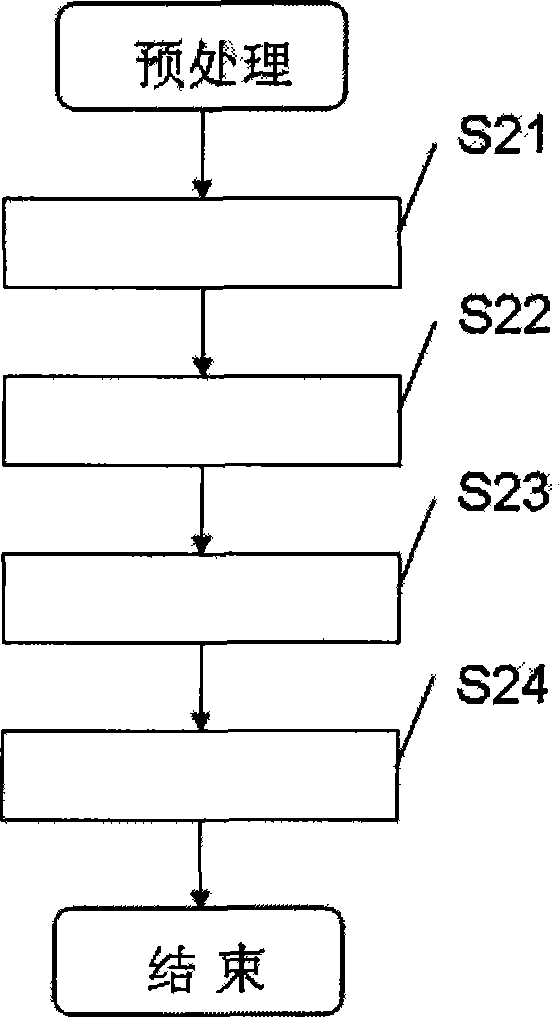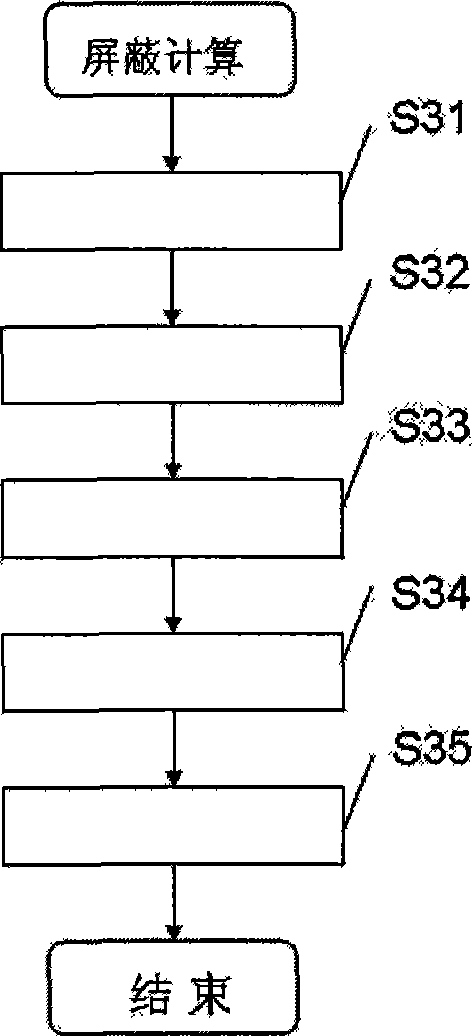Design method of pipe holder capable of bearing micro radioactive particles
A technology of radioactive particles and pipeline stents, which is applied in the internal irradiation treatment of mid-advanced pancreatic cancer and malignant biliary strictures, and in the design field of pipeline stents, which can solve the problems of lack of stent design solutions
- Summary
- Abstract
- Description
- Claims
- Application Information
AI Technical Summary
Problems solved by technology
Method used
Image
Examples
Embodiment 1
[0028] Example 1: CT reconstruction design stent
[0029] 1. Digital image scanning and processing
[0030] a. Perform abdominal enhanced CT scan (showing better tumor target area) and MRI cholangiopancreatography (MRCP) scan (showing better pancreatic duct and bile duct) for patients with pancreatic cancer, and import CT and MRCP image sequences into the planning system .
[0031] b. Delineate the tumor target area, surrounding important organs, main pancreatic duct, accessory pancreatic duct and common bile duct in the CT image sequence, and perform 3D image reconstruction.
[0032] c. Because CT scan and MRCP scan each have a coordinate system, which reflects the patient's position when scanning. Adjust the position and relative angle of the MRCP scan coordinate system relative to the origin of the CT scan coordinate system, thereby changing the degree of overlap of the three-dimensional reconstructed images of the two; judging from the knowledge of anatomical structure, if the...
Embodiment 2
[0054] Example 2: Pre-placement of common stents to design pipeline stents
[0055] 1. Perform ERCP pre-operation
[0056] a. Perform ERCP main pancreatic duct intubation, and measure the stenosis of the main pancreatic duct near the head of the pancreas by injecting a contrast agent. The length of the main pancreatic duct is about 20.0 mm, and the diameter of the narrowed section is about 1.5 mm. The main pancreatic duct of the pancreatic body is dilated with a diameter of about It is 3mm-5mm. The accessory pancreatography showed that the accessory pancreatic duct was about 30mm in length and 2mm in diameter. Choledochography showed that the upper part of the pancreatic head area was dilated with a diameter of about 10.0mm. The length of the lower part of the stenosis affected by the tumor was about 40.0mm and the diameter was about 3mm.
[0057] b. Confirm that there is a particle hole in the wall of the pipe stent in the common bile duct, the inner diameter of the particle hole...
Embodiment 3
[0068] Example 3: Pre-placement of the prosthesis stent to design the pipeline stent
[0069] 1. Perform ERCP pre-operation
[0070] a. Perform ERCP main pancreatic duct intubation, and measure the stenosis of the main pancreatic duct near the head of the pancreas by injecting a contrast agent. The length of the main pancreatic duct is about 20.0 mm, and the diameter of the narrowed section is about 1.5 mm. The main pancreatic duct of the pancreatic body is dilated with a diameter of about It is 3mm-5mm. The accessory pancreatography showed that the accessory pancreatic duct was about 30mm in length and 2mm in diameter. Choledochography showed that the upper part of the pancreatic head area was dilated with a diameter of about 10.0mm. The length of the lower part of the stenosis affected by the tumor was about 40.0mm and the diameter was about 3mm.
[0071] b. Confirm that there is a particle hole in the wall of the pipe stent in the common bile duct, the inner diameter of the par...
PUM
| Property | Measurement | Unit |
|---|---|---|
| length | aaaaa | aaaaa |
| diameter | aaaaa | aaaaa |
| diameter | aaaaa | aaaaa |
Abstract
Description
Claims
Application Information
 Login to View More
Login to View More - R&D
- Intellectual Property
- Life Sciences
- Materials
- Tech Scout
- Unparalleled Data Quality
- Higher Quality Content
- 60% Fewer Hallucinations
Browse by: Latest US Patents, China's latest patents, Technical Efficacy Thesaurus, Application Domain, Technology Topic, Popular Technical Reports.
© 2025 PatSnap. All rights reserved.Legal|Privacy policy|Modern Slavery Act Transparency Statement|Sitemap|About US| Contact US: help@patsnap.com



